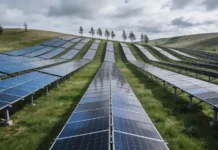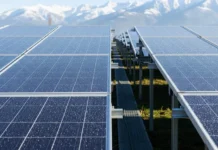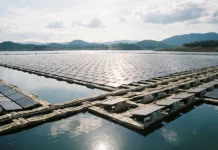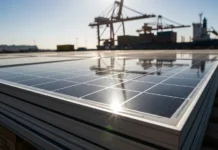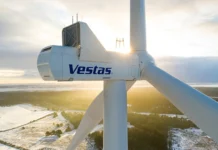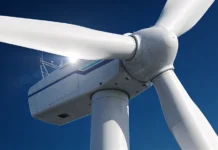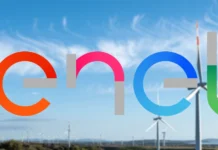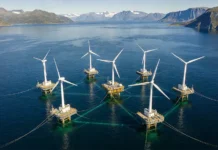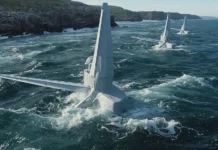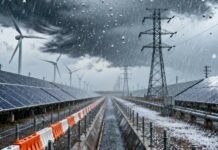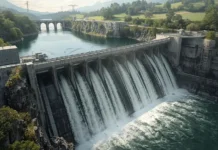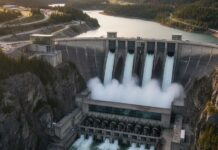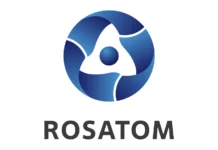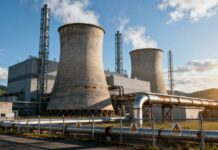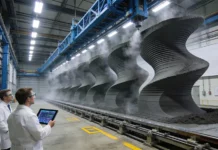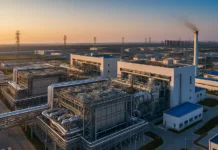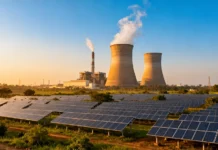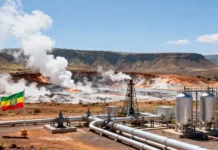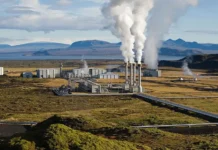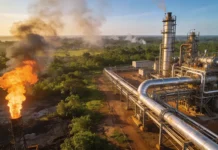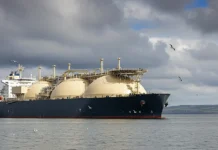The Obama administration unveiled a plan on Monday to cut carbon dioxide emissions from power plants by nearly a third over the next 15 years, in a sweeping initiative to curb pollutants blamed for global warming.
The 645-page rule, expected to be finalized next year, is a centrepiece of President Barack Obama’s plans to tackle climate change and aims to give the United States more leverage to prod other countries to act when negotiations on a new international treaty resume next year. Under the plan, carbon emissions would be reduced 30 percent by 2030, compared to 2005 levels, putting in motion one of the most significant actions ever on global warming.
The proposal sets off a complex regulatory process, steeped in politics, in which the 50 states will each determine how to meet customized targets set by the Environmental Protection Agency.
The policy change, which will further diminish the role of coal in US electrical production, carries significant political and legal risks. Those were heightened by the EPA giving states beyond 2016 ŌĆö in some cases after Obama leaves office in early 2017 ŌĆö to submit plans. That means even if the rules survive legal and other challenges, the dust won’t likely settle on this transformation until well into the next administration, raising the possibility that political dynamics in either Congress or the White House could alter the rule’s course.
The rule has already drawn intense scorn from Republicans ŌĆö and even some Democrats waging difficult campaigns this year in energy-producing states.
Power plants are the largest source of greenhouse gases in the US, accounting for about a third of the annual emissions that make the US the second largest contributor to global warming on the planet.
Initially, Obama wanted each state to submit their plans for cutting pollution to meet the new targets by June 2016. But details of the new proposal show that states could have until 2017, and 2018 if they join with other states to tackle the problem.
“The glue that holds this plan together ŌĆö and the key to making it work ŌĆö is that each state’s goal is tailored to its own circumstances, and states have the flexibility to reach their goal in whatever works best for them,” said EPA Administrator Gina McCarthy, according to prepared remarks released in advance of Monday’s formal announcement. She characterized the proposal as “ambitious, but achievable”.
S William Becker, who heads the National Association of Clean Air Agencies, said the rule gives states more time to develop strategies and gives them credit for steps they’ve already taken to cut emissions of heat-trapping greenhouse gases.
“Still, the regulatory and resource challenges that lie ahead are daunting,” Becker said.
Despite concluding in 2009 that greenhouse gases endanger human health and welfare, a finding that triggered their regulation under the 1970 Clean Air Act, it has taken years for the administration to take on the nation’s fleet of power plants. In December 2010, the Obama administration announced a “modest pace” for setting greenhouse gas standards for power plants, setting a May 2012 deadline.
Obama put them on the fast track last summer when he announced his climate action plan and a renewed commitment to climate change after the issue went dormant during his 2012 re-election campaign.
Coal, which once supplied about half the electricity in the US, has dropped to 40 per cent as it has been replaced by booming supplies of natural gas and renewable sources such as wind and solar.
“If these rules are allowed to go into effect, the administration for all intents and purposes is creating America’s next energy crisis,” said Mike Duncan of the American Coalition for Clean Coal Electricity, which represents the coal industry.
Still, even with the new rules, the EPA predicted that coal and natural gas would remain the two leading sources of electricity generation in the US, with each providing more than 30 percent of the projected supply.
EPA data shows that the nation’s power plants have reduced carbon dioxide emissions by nearly 13 per cent since 2005, or about halfway to the goal the administration will set Monday. The agency is aiming to have about 26 per cent cut by 2020.
But with coal-fired power plants already beleaguered by cheap natural gas prices and other environmental regulations, experts said getting there won’t be easy. The EPA is expected to offer a range of options to states to meet targets that will be based on where they get their electricity and how much carbon dioxide they emit in the process.
While some states will be allowed to emit more and others less, overall the reduction will be 30 per cent nationwide.
The options include making power plants more efficient, reducing the frequency at which coal-fired power plants supply power to the grid, and investing in more renewable, low-carbon sources of energy. In addition, states could enhance programs aimed at reducing demand by making households and businesses more energy-efficient. Each of those categories will have a separate target tailor-made for each state.
Obama has already tackled the emissions from the nation’s cars and trucks, announcing rules to reduce carbon dioxide emissions by doubling fuel economy. That standard will reduce carbon dioxide by more than 2 billion tons over the life of vehicles made in model years 2012-25. The power plant proposal will prevent about 430 million tons of carbon dioxide from reaching the atmosphere, based on the 30 per cent figure and what power plants have already reduced since 2005.
┬Ā


